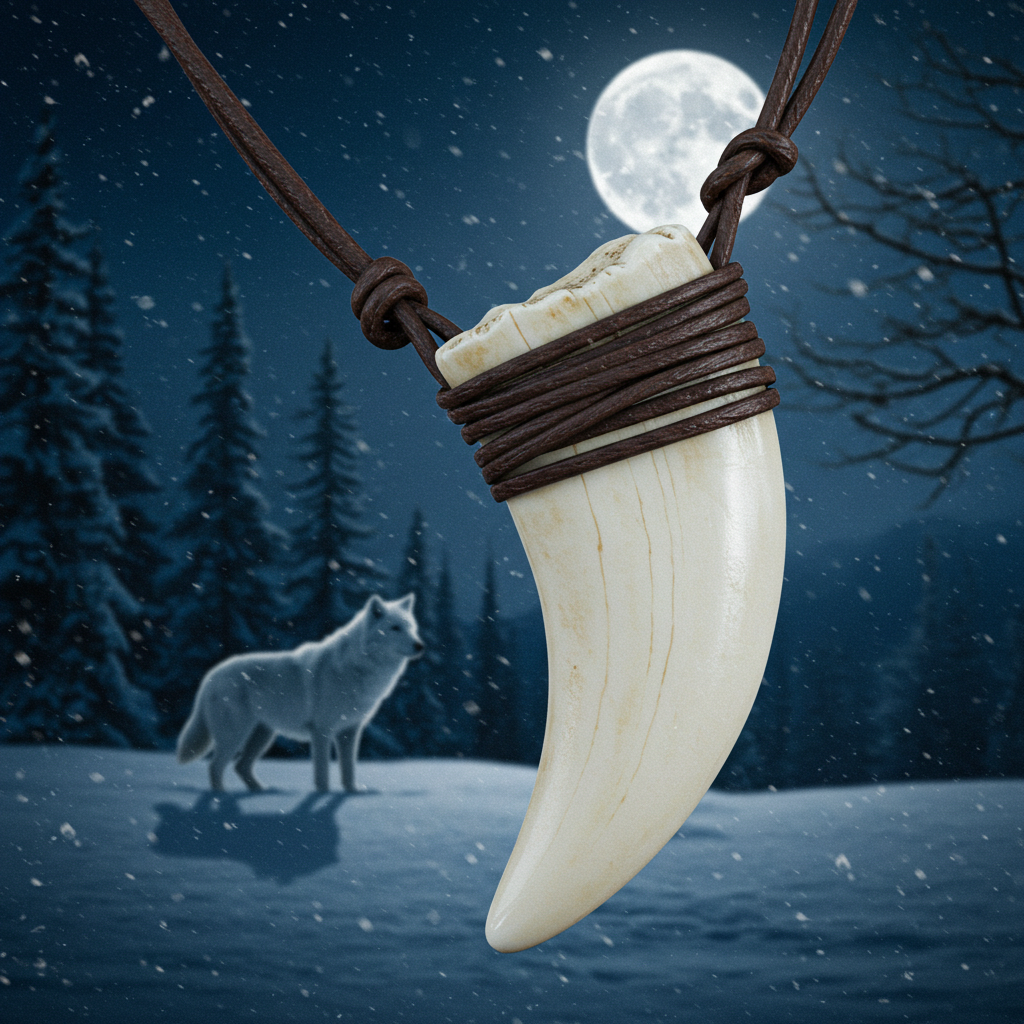According to Native American and Nordic traditions, wearing or carrying a wolf’s tooth—particularly a canine tooth from a mature wolf—transfers the animal’s perceived attributes of bravery, leadership, and hunting prowess to the bearer. This anatomical talisman supposedly works through sympathetic magic principles, with the physical remnant containing the essence of the wolf’s spirit and abilities. Some traditions specify enhancement methods including properly honoring the wolf from which the tooth came; ritually cleansing and blessing the tooth before first use; and periodically exposing the amulet to moonlight or smoke to “recharge” its powers. The tooth may be worn as a pendant, incorporated into specialized regalia, or carried in a medicine pouch.

A baby’s future career or fate is predicted by the first object they select during a ceremonial setup.
In several Asian and Eastern European cultures, a traditional ceremony is held for babies usually around their first birthday. Known


